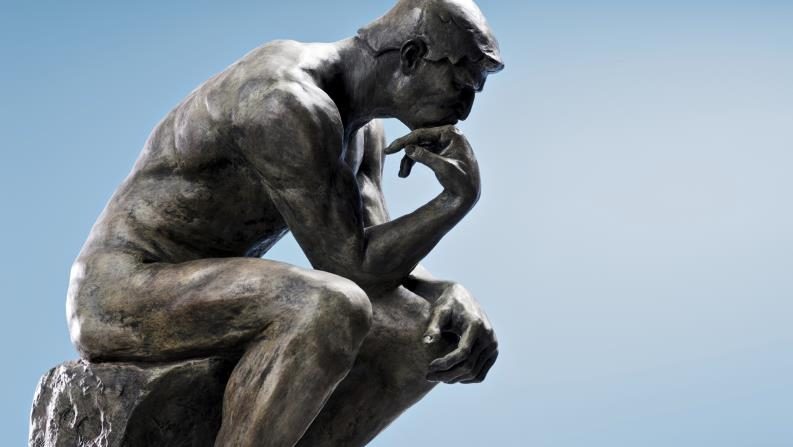
© Getty ImagesRochester biologists are finding new insights into processes that shape the Y chromosome, a notoriously difficult piece of the genetic puzzle to sequence.
When researchers say they have sequenced the human genome, there is a caveat to this statement: a lot of the human genome is sequenced and assembled, but there are regions that are full of repetitive elements, making them difficult to map. One piece that is notoriously difficult to sequence is the Y chromosome.
Now, researchers from the University of Rochester have found a way to sequence a large portion of the Y chromosome in the fruit fly
Drosophila melanogaster-the most that the Y chromosome has been assembled in fruit flies. The research,
published in the journal GENETICS,
provides new insights into the processes that shape the Y chromosome, "and adds to the evidence that, far from a genetic wasteland, Y chromosomes are highly dynamic and have mechanisms to acquire and maintain genes," says
Amanda Larracuente, an assistant professor of biology at Rochester.
The notorious Y chromosomeY chromosomes are sex chromosomes in males that are transmitted from father to son; they can be important for male fertility and sex determination in many species. Even though fruit fly and mammalian Y chromosomes have different evolutionary origins, they have parallel genome structures, says Larracuente, who co-authored the paper with her PhD student Ching-Ho Chang.
"Drosophila melanogaster is a premier model organism for genetics and genomics, and has perhaps the best genome assembly of any animal. Despite these resources, we know very little about the organization of the
Drosophila Y chromosome because most of it is missing from the genome assembly."
That's in part because most Y chromosomes do not undergo standard recombination. Typically, genes from the mother and father are shuffled-or, "cross over"-to produce a genetic combination unique to each offspring. But the Y chromosome does not undergo crossing over, and, as a result, its genes tend to degenerate, while repetitive DNA sequences accumulate.


Comment: Humanity's planned obsolescence? The robot revolution got real in 2015